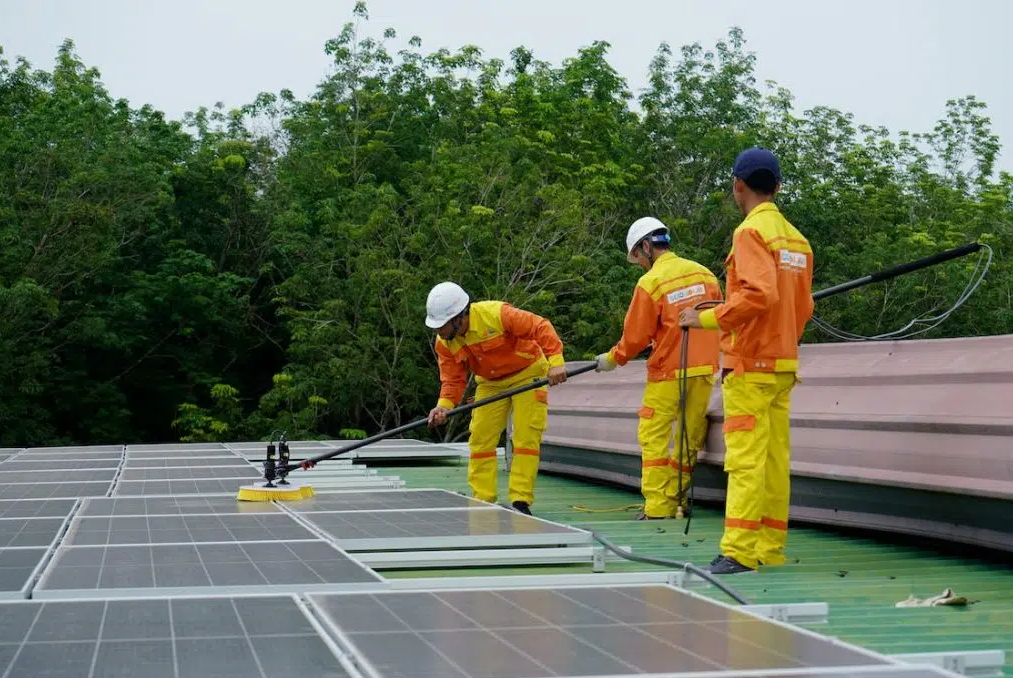- English
- Español
- Português
- русский
- Français
- 日本語
- Deutsch
- tiếng Việt
- Italiano
- Nederlands
- ภาษาไทย
- Polski
- 한국어
- Svenska
- magyar
- Malay
- বাংলা ভাষার
- Dansk
- Suomi
- हिन्दी
- Pilipino
- Türkçe
- Gaeilge
- العربية
- Indonesia
- Norsk
- تمل
- český
- ελληνικά
- український
- Javanese
- فارسی
- தமிழ்
- తెలుగు
- नेपाली
- Burmese
- български
- ລາວ
- Latine
- Қазақша
- Euskal
- Azərbaycan
- Slovenský jazyk
- Македонски
- Lietuvos
- Eesti Keel
- Română
- Slovenski
- मराठी
- Srpski језик
Hot Spot Effect in Photovoltaic Modules: Causes, Impacts, and Prevention Measures
2024-08-12
The hot spot effect in photovoltaic modules refers to the phenomenon where, under certain conditions, a shaded or defective area in a series-connected branch of a photovoltaic module, while in a power-generating state, acts as a load, consuming the energy generated by other areas and causing localized overheating.
The main factors contributing to the hot spot effect can be summarized as follows:
Obstruction: When a solar cell in a photovoltaic module is obstructed by shadows, dust, or other objects, preventing it from generating current like other normal cells, the obstructed cells in the series circuit become a resistor. This resistor consumes the electrical energy produced by the other normal cells, causing heating and leading to the formation of hot spots.
Cell Quality Issues: If there are quality issues with the cells, such as excessive dark current, internal resistance mismatch, soldering issues with grid lines, or defects within the cells themselves (such as bubbles, delamination, internal connection failures, etc.), these can also lead to the formation of hot spots. Such quality issues can affect the normal operation of the cells, preventing them from effectively converting light into electricity, and they become resistors that consume energy from other cells.
Inconsistent Electrical Characteristics: If the electrical characteristics of the cells in a photovoltaic module are inconsistent, this can also cause hot spots. In a series circuit, if some cells' electrical characteristics do not match those of other cells, they may consume more electrical energy during operation, generating more heat and thus forming hot spots.
The hot spot effect significantly impacts the performance and lifespan of photovoltaic modules. It not only reduces the power generation efficiency of the modules but also accelerates the aging process and increases the risk of module failure. In extreme cases, the temperature within the hot spot area can reach several hundred degrees Celsius, potentially causing fires.
To reduce the impact of the hot spot effect, the following measures can be taken:
Optimize module design to improve heat dissipation performance, reducing the likelihood of hot spots forming.
Enhance module maintenance and management by regularly inspecting and cleaning photovoltaic modules to promptly detect and address potential hot spot issues.
Adopt advanced hot spot prevention technologies, such as intelligent temperature control systems and automatic heat dissipation technologies, to minimize the risk of hot spot formation in photovoltaic modules.





